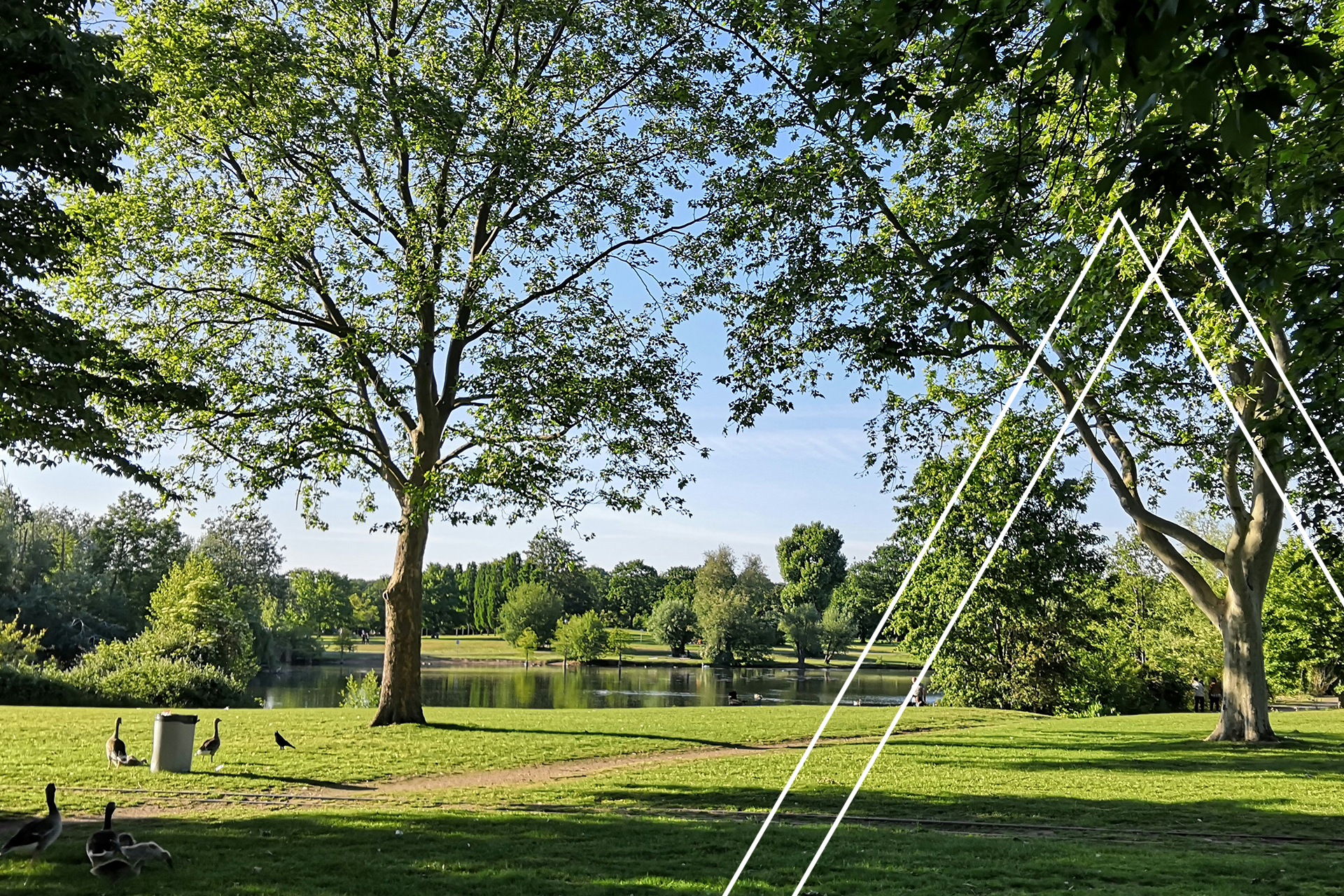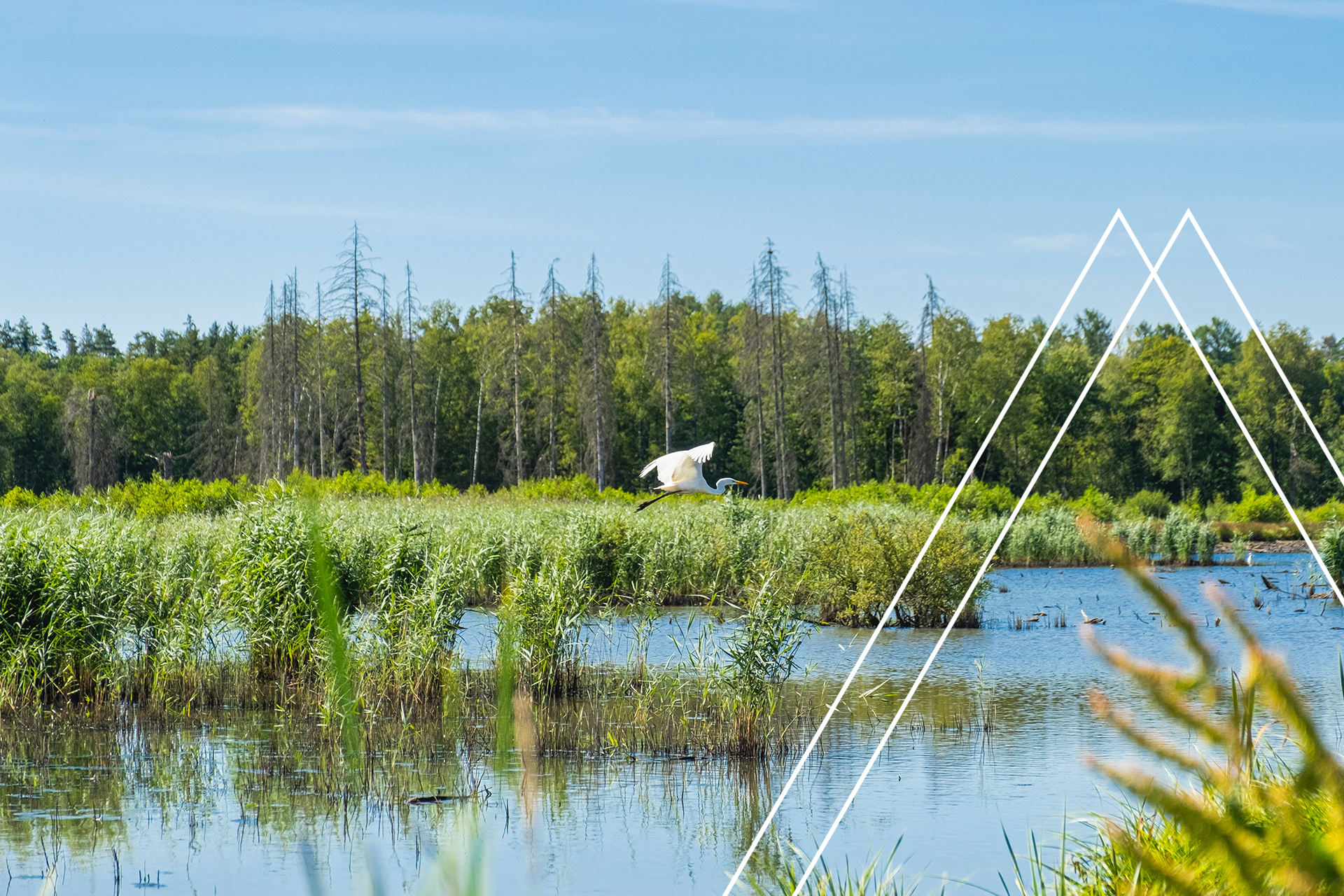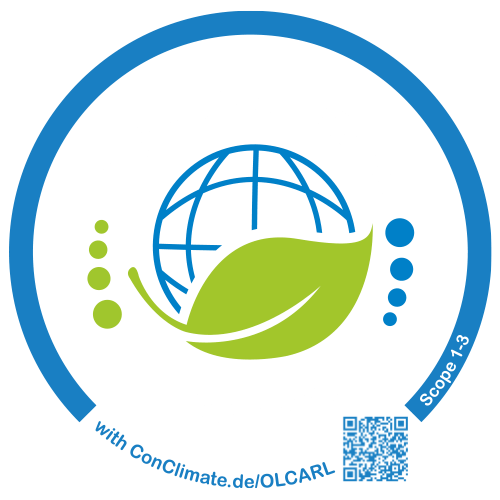Build sustainably with recycled concrete
Energy consumption has been the only topic able to generate any interest in the real estate sector up until now. But people are slowly becoming aware that properties consume a lot of energy and resources not just in operations, but also in their construction phase. It is therefore just as important to consider building products for their sustainability and practical use.
Resource and raw material costs
Construction of all types of buildings requires a large volume of resources. Many are not renewable - they break down quicker than they regenerate naturally. Wood from sustainable forestry is an example of a renewable raw material. Concrete and its components, on the other hand, are not renewable.
Concrete’s applications are limited, the costs of its degradation are increasing and will soon no longer be profitable. Concrete manufacture in Germany alone requires the use of four hectares of land per day to obtain the gravel required. That’s the area of a small town with a population of more than 10,000 per year.
Every year in Germany,
517 million tonnes of mineral resources, 5.5 million tonnes of construction steel and 26.6 million tonnes of cement are used.
The increasing depletion of resources has also led to an increase in greenhouse gas emissions. The German energy agency dena published their
Building Report 2021, in which they reported that the share of global emissions associated with resource extraction rose from 15 percent (5 Gt CO2e) to 23 percent (11 Gt CO2e) between 1995 and 2015.
Alongside the high dependency on resources to construct new buildings, many old buildings are being torn down, causing high volumes of rubble and construction waste.
In Berlin, this results in around one million tonnes of demolished concrete each year. In 2018 in Germany, the Federal Environmental Agency reported 59.8 million tonnes of rubble, 46.6 million tonnes of which were recycled. This sounds good, however, the vast majority of the volume is used in street construction (51%) and earth work (22%). Only a small portion of the materials from the demolition of old buildings are used for concrete aggregates.
Recycled concrete with grit from old building rubble
The granulate from building rubble is well-suited for inclusion in the manufacture of new concrete. The demolished concrete rubble is crushed, separated from external material, purified and sorted into grain sizes. It’s then mixed into the new concrete as grit.
Recycled concrete complies with industry standards if the grit in the recycled portion is larger than two millimetres in diameter. In this case, the aggregate is resistant to alkaline salts. It can be used in the same way as conventional concrete. The maximum share of recycled aggregate can be 35 or 45 per cent, according to type. In this case,
the properties are equivalent to those of conventional concrete, which uses virgin aggregates.
To use recycled concrete, there are no changes to structural planning necessary and the construction process doesn’t need to be altered.
The use of recycled concrete reduces gravel mining and thus saves a lot of natural resources. Another advantage is the reduction of heavy-duty traffic on the street, thanks to shorter transport routes. For large construction sites, the best solution is on-site demolition to manufacture new concrete.
Recycled concrete doesn’t have to be more expensive than conventional concrete: the costs are frequently comparable, despite higher costs for the crushing and sorting of rubble.
The Cement Problem
Concrete does not just consist of gravel. It is processed using water and a binding agent – typically cement, which is a much larger climate problem. Cement is made of limestone, clay and sand, fired into cement clinker at very high temperatures. This process is cumbersome, energy-intensive and associated with high CO2 emissions.
The cement industry is responsible for 6-7 per cent of CO2 emissions worldwide. In Germany in 2019, CO2 emissions from the manufacture of 20 billion tonnes of cement totalled three percent of Germany’s total CO2 emissions (dena Building Report 2021).
This problem can’t be solved by using recycled concrete, rather, it requires other combustibles, raw materials or processes.
Recycled concrete in practice
There are few large construction projects using recycled concrete in Germany. The standards have only permitted equivalent use for a few years; a permit was previously necessary in individual cases. Nevertheless, tenders today rarely mention it, even if many suppliers of fresh concrete in Germany can also supply purified concrete aggregates.
One of the largest buildings constructed with recycled concrete is the research and laboratory complex at Humboldt University in Berlin, Rhoda-Erdmann-Haus. Approximately 5,400 cubic metres were processed there and researched scientifically. The research showed that:
- Recycled aggregate is equivalent to natural granulation.
- Producers of ready-mixed concrete can supply recycled concrete to meet required specifications easily.
- Processing does not differ from normal concrete.
Added to this are the
findings for nature and the climate:
- Saving of 880 m2 gravel mining areas
- Saving of 66 per cent of energy consumption
- Reduction of CO2 emissions by 4.4 tonnes
Based on this positive experience, the Berlin Senate resolved in 2019 to use recycled concrete for public building construction projects as a rule. This sounds very innovative in Germany and is certainly an exception to the rule, however it has been the norm in the City of Zurich since 2002.There, the estimated proportion of recycled concrete used in building projects is 10-15 percent. The
proportion of recycled concrete used in the whole of Switzerland is 7 per cent.
Building materials with recycled concrete on the market
Many local providers of ready-mixed concrete also offer recycled concrete for use in construction projects today.
- Heinrich Feess GmbH & Co. KG, based in Kirchheim/Teck near Stuttgart, is one of the most active representatives for the use of recycled concrete. Managing director Walter Feeß has hosted many lectures and promotes the circular economy, mineral building material recycling and urban mining.
- Rinn Beton- und Naturstein GmbH & Co. KG, based in Heuchelheim near Gießen, has developed a stone that has been awarded the Blue Angel environmental prize. It contains 40 per cent recycled granulate.
- Brüninghoff GmbH & Co. KG from Heiden wants to manufacture precast concrete with 45 per cent recycled concrete in a new concrete plant from 2023. The company also plans to make the manufacturing process low-emission by way of cement selection. The concept will be supplemented with electric vehicles for transportation, charging stations on the company premises and sustainable water use.
The use of recycled concrete is still rare in Germany. To protect resources and the climate, a lot has to change in this respect. The opportunities are ready and waiting to be taken today.









Head Office, Berlin,
Neue Grünstraße 17 | 18 Hof 1 | TRH 3
10179 Berlin
© ES EnviroSustain GmbH 2021




